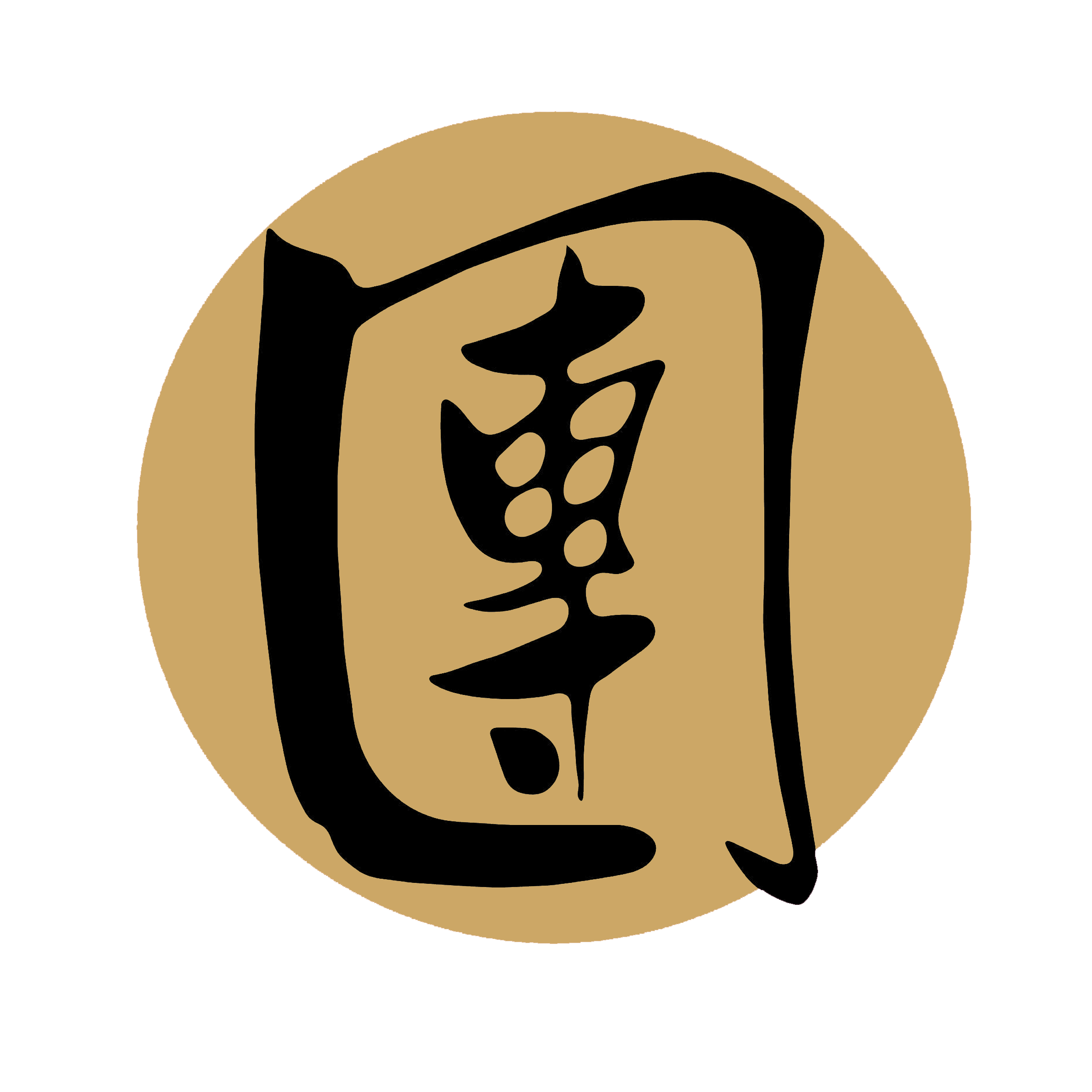50. Lau-kiu: Choy Li Fut Kung Fu Technique
Unlocking the Power of Lau-Kiu: The Scooping Bridge Technique
Lau-Kiu, also known as the Scooping Bridge, is a fundamental technique found in various martial arts styles. It is a versatile move that allows practitioners to redirect and neutralize incoming attacks effectively. In this article, we will delve into the mechanics, applications, and training methods of Lau-Kiu, exploring its significance in martial arts.
The essence of Lau-Kiu lies in its ability to scoop and redirect an opponent's strike or kick. It involves using the forearm to intercept the incoming attack and guide it off course, preventing it from reaching its intended target. By manipulating the attacker's limb and changing its trajectory, practitioners can create openings for counterattacks or create a positional advantage.
One of the key principles of Lau-Kiu is timing and positioning. Practitioners train to develop a keen sense of timing, allowing them to intercept and redirect attacks precisely at the right moment. It requires a combination of anticipation, reflexes, and spatial awareness to execute Lau-Kiu effectively. Proper positioning is crucial, as practitioners must position their forearm in the optimal angle and alignment to redirect the force of the attack.
Training in Lau-Kiu involves both solo practice and partner drills. Solo practice focuses on mastering the technique's mechanics and body positioning. Practitioners repeatedly perform Lau-Kiu movements, paying close attention to their forearm position, timing, and the fluidity of the motion. This solo training helps develop muscle memory and enhances the practitioner's understanding of the technique's nuances.
Partner drills are essential for applying Lau-Kiu in realistic combat scenarios. Practitioners work with training partners to simulate attacks and practice the precise timing and execution of Lau-Kiu. The goal is to intercept the attack with the forearm and redirect it smoothly, using minimal force to neutralize the threat effectively. These partner drills also develop sensitivity and adaptability as practitioners learn to respond to different types of strikes and kicks.
The applications of Lau-Kiu are diverse and extend beyond mere defensive maneuvers. Once an attack is intercepted, practitioners can use Lau-Kiu to disrupt the opponent's balance, create openings for counterattacks, or transition into joint locks and takedowns. It is an effective technique for close-quarters combat, enabling practitioners to control the flow of the fight and maintain the upper hand.
Beyond its practical applications, Lau-Kiu cultivates essential attributes in martial artists. It enhances focus, timing, and precision, allowing practitioners to intercept attacks with accuracy and efficiency. It also fosters the ability to adapt and respond spontaneously to changing situations, developing the practitioner's versatility and creativity in combat.
Moreover, Lau-Kiu embodies deeper philosophical concepts found in martial arts. It emphasizes the principle of using an opponent's force against them, reflecting the idea of harmony and non-resistance. By redirecting the attack, practitioners demonstrate the concept of yielding and flowing with the opponent's energy, rather than opposing it.
In conclusion, Lau-Kiu, the Scooping Bridge technique, is a valuable asset in martial arts. Its ability to intercept and redirect attacks offers practitioners a strategic advantage in combat situations. Through dedicated training and practice, martial artists can master the precise timing, positioning, and fluidity required for effective Lau-Kiu execution, enhancing their defensive capabilities and embodying the principles of martial arts philosophy.
